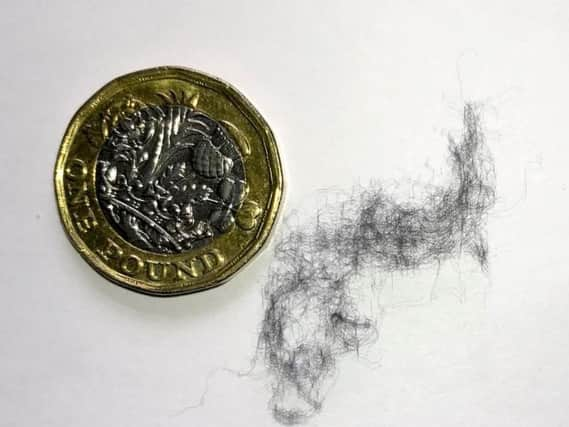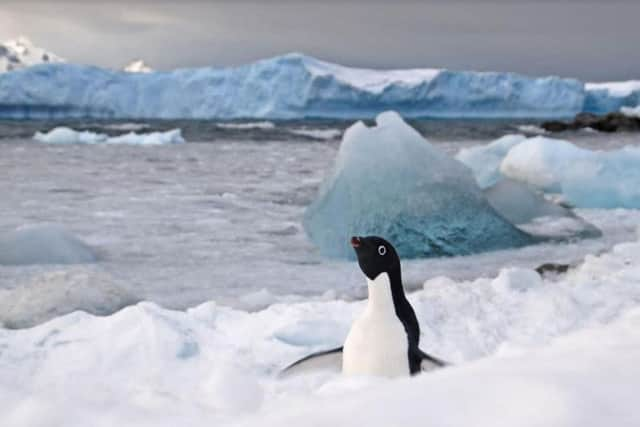How plastic 'microbeads' may be endangering wildlife in 'pristine' Antarctic


Academics at Hull University and British Antarctic Survey discovered five times more microplastics than would have been expected in waters, previously considered relatively pollution-free.
The microfibres don’t just come from broken down objects like carrier bags and ropes and nets floating in the sea
Advertisement
Hide AdAdvertisement
Hide AdEvery time a fleece is washed it releases more than 1,900 fibres that are too small for a washing machine filter to stop. Microbeads are also found in toothpaste, shower gel and shampoo.


The research showed more than half the research stations in the Antarctic don’t have “grey water” screening systems. Other sources include cruise ships.
But the unexpectedly high levels found also suggests plastics are getting into the region via the Antarctic Circumpolar Current, which was historically thought to be almost impenetrable.
The microplastics could be getting into small predators like krill at the base of the food chain, with unknown consequences.
Advertisement
Hide AdAdvertisement
Hide AdCo-author Dr Catherine Waller from the University of Hull said: “The ecosystem is very fragile with whales, seals and penguins consuming krill and other zooplankton as a major component of their diet.


“We know from other studies around the world that these small animals can eat microplastics but we are not sure what effect this will have on them or their larger predators.”
The researchers will be calling for an international co-ordinated effort to monitor around the Antarctic continent and Southern Ocean at the 2018 Antarctic Treaty Consultative Meeting.
“We need to know how bad the problem is, we need to monitor and we need to have some sort of discussion about how we can minimise the stuff going in from grey water,” said Dr Waller.